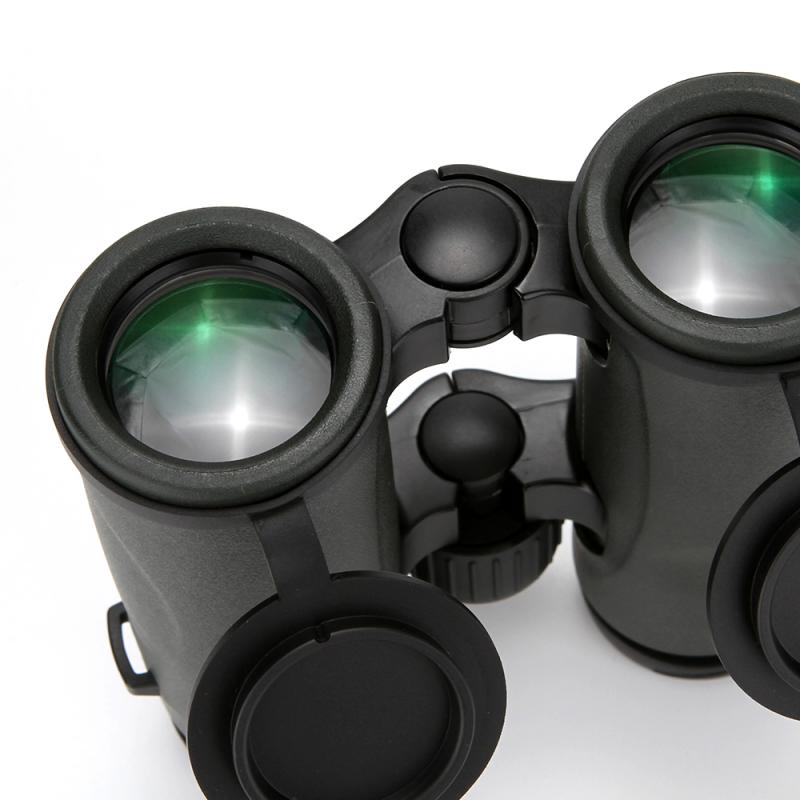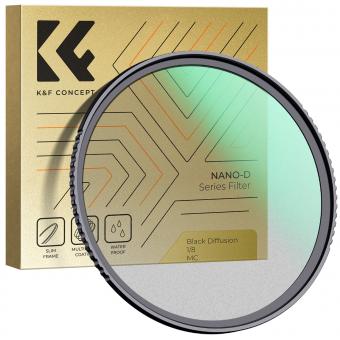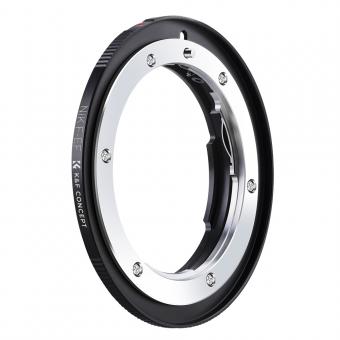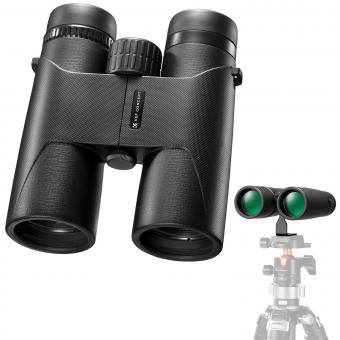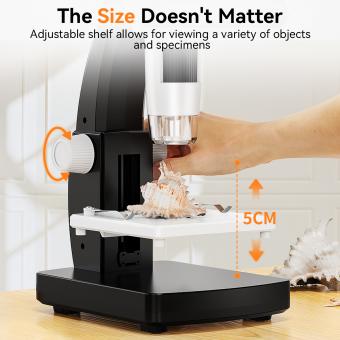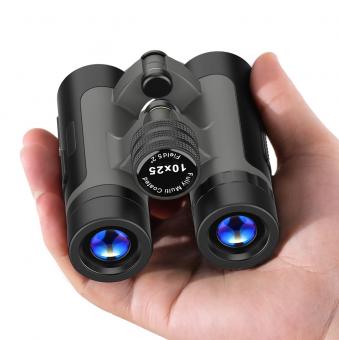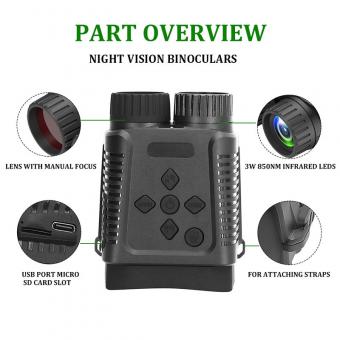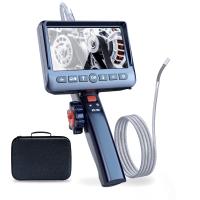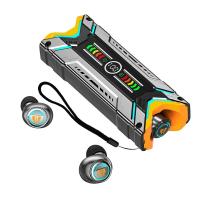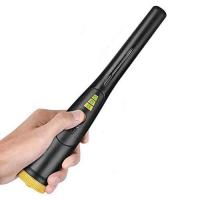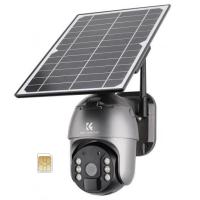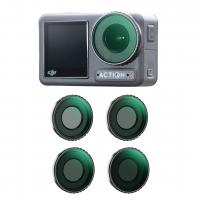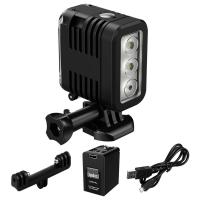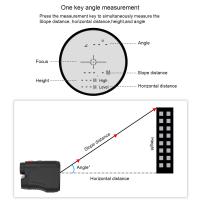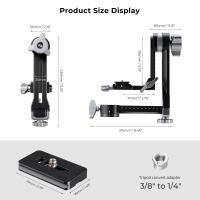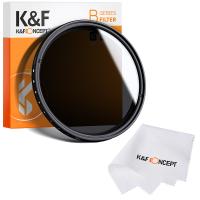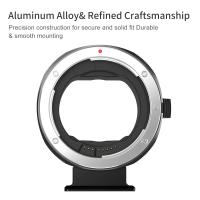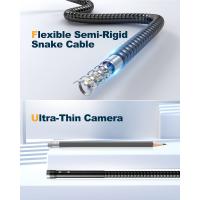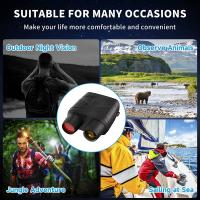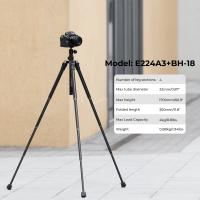Are Roof Prism Binoculars The Best ?
Roof prism binoculars are a popular choice for many users due to their compact and streamlined design. They offer a more ergonomic and comfortable grip compared to other types of binoculars. However, whether they are the best option depends on individual preferences and specific use cases. Roof prism binoculars generally provide a more compact and lightweight design, making them suitable for activities like birdwatching, hiking, and travel. They also tend to have a narrower inter-pupillary distance, making them more suitable for people with closer-set eyes. However, some users may prefer the larger size and wider field of view offered by porro prism binoculars, especially for activities like stargazing or marine observation. Ultimately, the best binoculars for you will depend on your specific needs, preferences, and budget.
1、 Optical Performance
Roof prism binoculars are widely regarded as the best choice when it comes to optical performance. These binoculars utilize a roof prism design, which allows for a more compact and streamlined shape compared to other types of binoculars, such as porro prism binoculars. This design feature contributes to better ergonomics and ease of use.
One of the key advantages of roof prism binoculars is their superior image quality. The roof prism design minimizes light loss, resulting in brighter and sharper images. This is especially important in low-light conditions, such as during dawn or dusk, or when observing distant objects. The high-quality optics used in roof prism binoculars also ensure excellent color fidelity and contrast, providing a more immersive viewing experience.
Furthermore, roof prism binoculars are typically more durable and rugged, making them suitable for outdoor activities and field use. They are often built with high-quality materials and are sealed to be waterproof and fog-proof, ensuring reliable performance in various weather conditions.
It is worth noting that advancements in technology have led to continuous improvements in optical performance across all types of binoculars. Porro prism binoculars, for example, have seen significant advancements in recent years, narrowing the performance gap with roof prism binoculars. However, roof prism binoculars still maintain an edge in terms of compactness and overall optical performance.
In conclusion, while there have been advancements in other types of binoculars, roof prism binoculars remain the preferred choice for those seeking the best optical performance. Their compact design, superior image quality, and durability make them a reliable and versatile option for a wide range of activities, from birdwatching to stargazing.
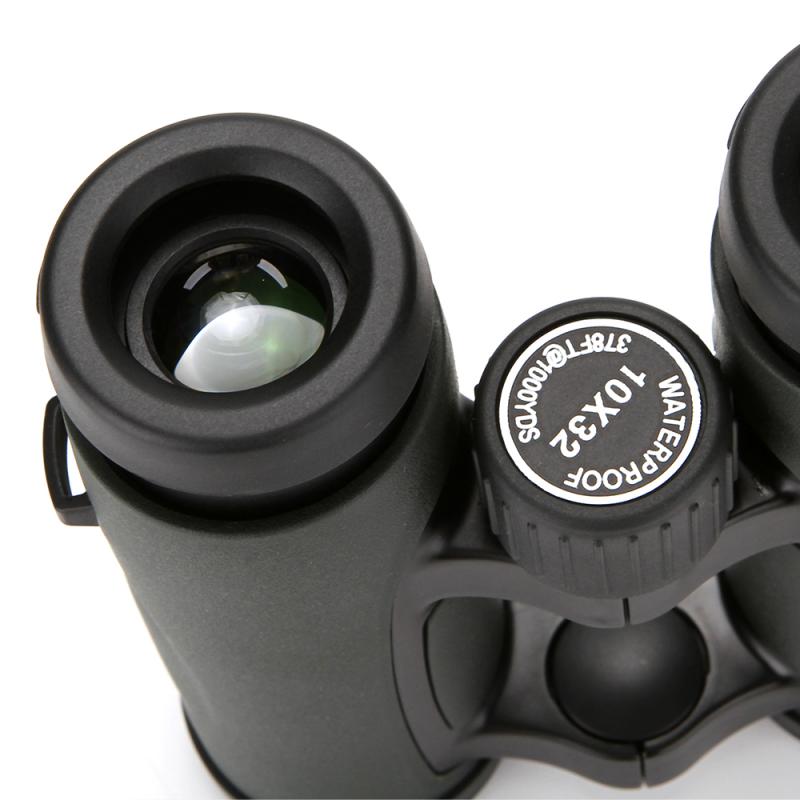
2、 Compactness and Portability
Roof prism binoculars are often considered the best choice when it comes to compactness and portability. These binoculars are designed with a straight-through optical path, which allows for a more streamlined and compact design compared to other types of binoculars.
The roof prism design allows the objective lenses and eyepieces to be in a straight line, resulting in a more compact and ergonomic shape. This makes them easier to carry and handle, especially when you're on the move or traveling. Whether you're hiking, birdwatching, or attending a sporting event, roof prism binoculars are a convenient choice.
Furthermore, advancements in technology have made roof prism binoculars even more compact and portable. Manufacturers have been able to reduce the size and weight of these binoculars without compromising on optical performance. This means you can now find high-quality roof prism binoculars that are lightweight and easy to carry, making them ideal for outdoor enthusiasts and travelers.
However, it's important to note that the "best" binoculars ultimately depend on your specific needs and preferences. While roof prism binoculars excel in compactness and portability, other types of binoculars may offer advantages in terms of optical performance or specific features. It's always recommended to consider factors such as magnification, objective lens size, and overall build quality when choosing binoculars.
In conclusion, roof prism binoculars are indeed a top choice when it comes to compactness and portability. With advancements in technology, these binoculars have become even more lightweight and easy to carry. However, it's essential to consider your specific requirements and do thorough research before making a purchase to ensure you find the best binoculars for your needs.
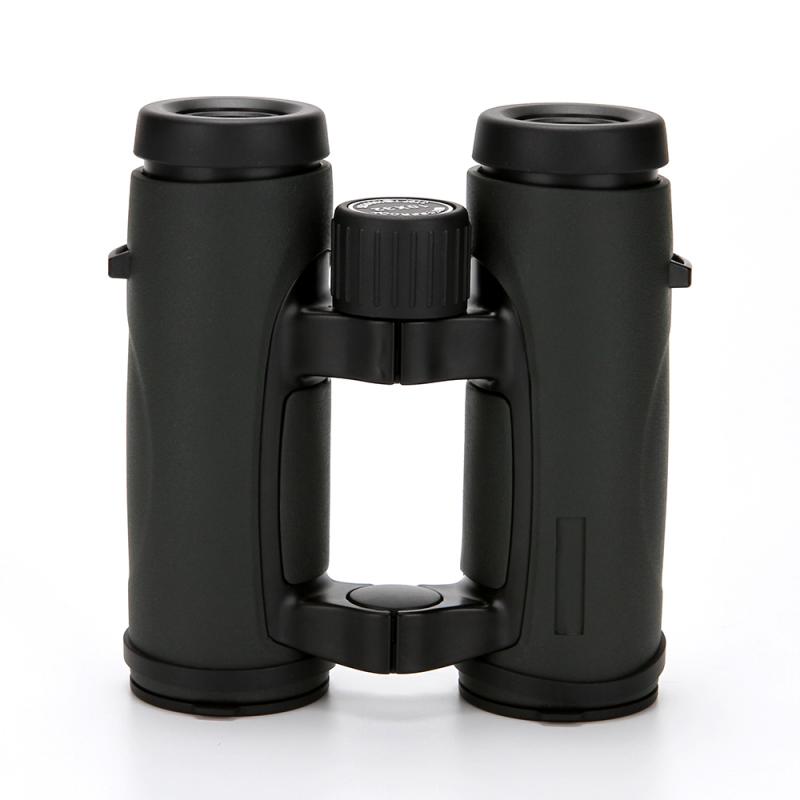
3、 Durability and Build Quality
Roof prism binoculars are widely regarded as the best choice for many outdoor enthusiasts due to their durability and build quality. These binoculars are constructed with a compact and streamlined design, making them more robust and resistant to damage compared to other types of binoculars.
The roof prism design allows for a more rugged construction, as the prisms are aligned in a straight line, resulting in a more compact and solid structure. This design also makes roof prism binoculars more resistant to shock and impact, making them ideal for outdoor activities such as hiking, birdwatching, and hunting.
Furthermore, roof prism binoculars are often built with high-quality materials such as magnesium alloy or polycarbonate, which are lightweight yet durable. These materials provide excellent protection against water, dust, and other environmental elements, ensuring that the binoculars can withstand harsh conditions.
In terms of build quality, roof prism binoculars are known for their precision engineering. The alignment of the prisms and lenses is crucial for optimal image quality, and manufacturers of roof prism binoculars pay great attention to this aspect. This results in sharp, clear, and distortion-free images, allowing users to enjoy a superior viewing experience.
It is important to note that the latest advancements in technology have also improved the durability and build quality of other types of binoculars, such as porro prism binoculars. Manufacturers are constantly innovating and incorporating new materials and designs to enhance the durability and performance of their products.
In conclusion, while roof prism binoculars are often considered the best in terms of durability and build quality, it is essential to consider the specific needs and preferences of the user. The latest advancements in technology have made other types of binoculars more durable and reliable, providing users with a wide range of options to choose from.
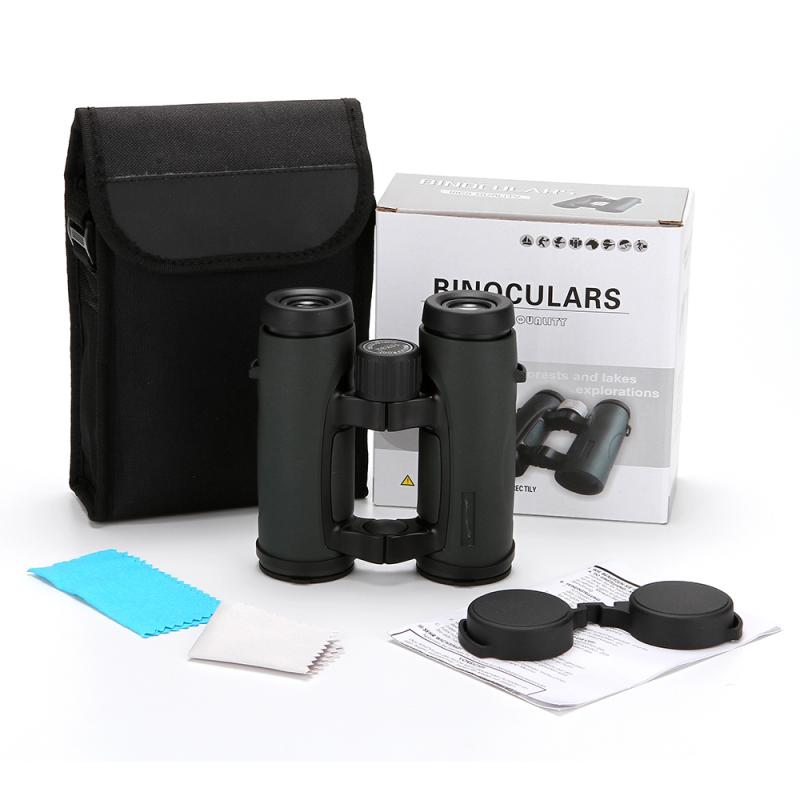
4、 Ease of Use and Ergonomics
When it comes to binoculars, the debate between roof prism and porro prism designs has been ongoing for years. While both types have their own advantages and disadvantages, it is difficult to definitively say that roof prism binoculars are the best in terms of ease of use and ergonomics.
Roof prism binoculars are known for their sleek and compact design, making them easier to handle and carry around. They are also generally lighter in weight, which can be beneficial for extended use. Additionally, roof prism binoculars have a straight-through barrel design, allowing for a more natural and comfortable grip.
However, porro prism binoculars have their own ergonomic advantages. The offset barrel design of porro prism binoculars provides a wider interpupillary distance, making them more comfortable for individuals with wider-set eyes. The larger size of porro prism binoculars also allows for a more stable grip, reducing hand fatigue during prolonged use.
It is important to note that advancements in technology have led to improvements in both types of binoculars. Manufacturers have been able to enhance the ergonomics of roof prism binoculars by incorporating features such as rubberized coatings for a better grip and adjustable eyecups for comfortable viewing. Similarly, porro prism binoculars have seen improvements in terms of weight reduction and compactness.
Ultimately, the choice between roof prism and porro prism binoculars depends on personal preference and specific needs. While roof prism binoculars may be more popular due to their sleek design and portability, porro prism binoculars still have their own merits in terms of ergonomics. It is recommended to try out both types and consider factors such as comfort, grip, and weight before making a decision.
